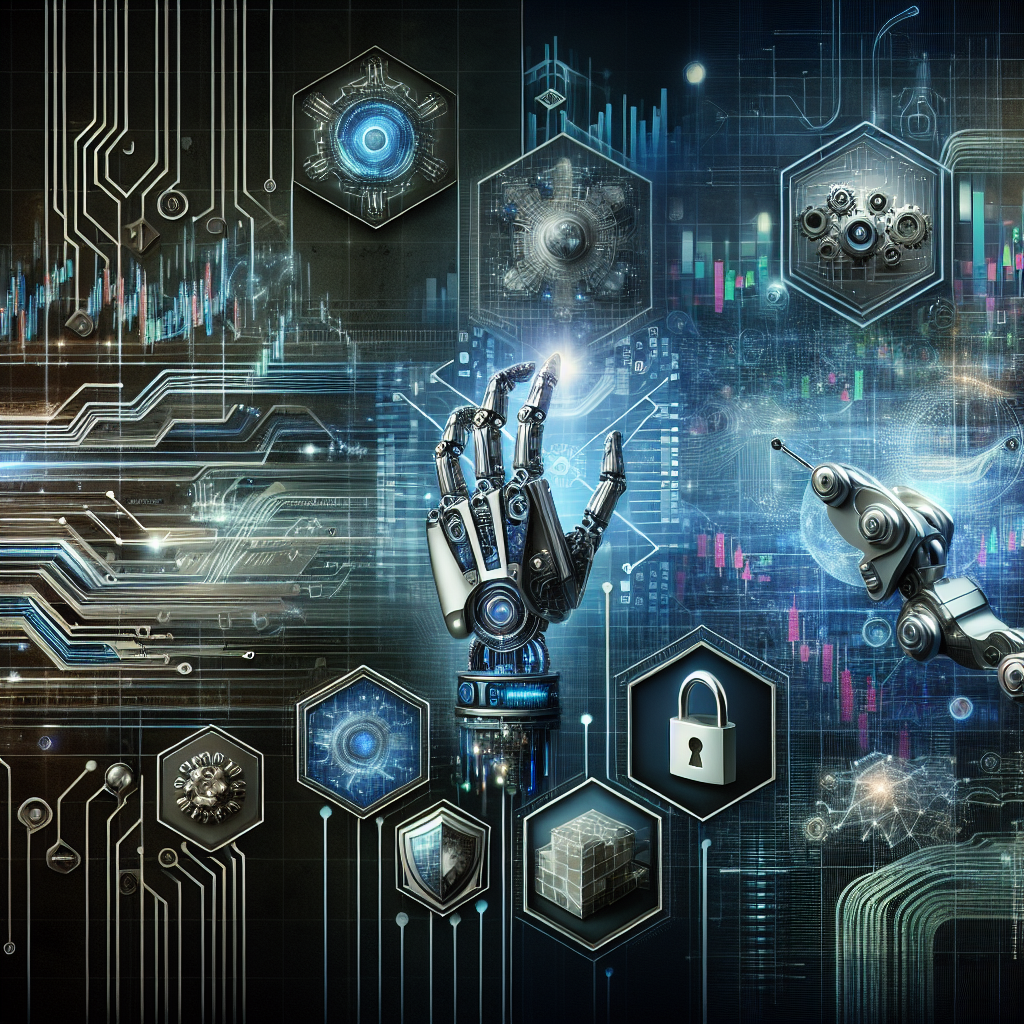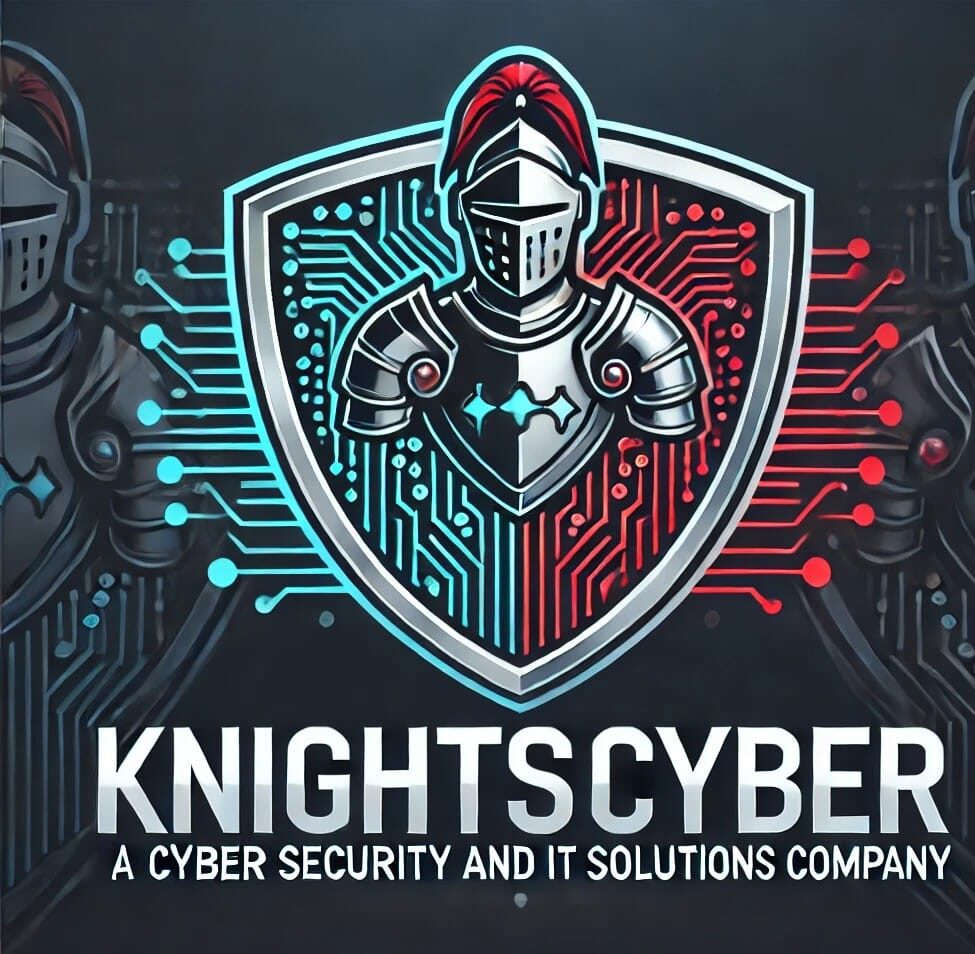AI Automation Emerges as Key Strategy in Cybersecurity Cost Reduction
CyberSecurity
AI Automation Emerges as Key Strategy in Cybersecurity Cost Reduction
In the rapidly evolving landscape of cybersecurity, the integration of AI automation is transforming traditional approaches, offering a promising path to reducing costs without compromising security efficacy. By leveraging AI-driven solutions, organizations are not only enhancing their cyber defense mechanisms but are also achieving significant cost efficiencies. This dynamic shift is reshaping how businesses approach cybersecurity, aligning financial and security goals more effectively than ever before.
The Rising Importance of AI in Cybersecurity
As cyber threats grow in complexity and frequency, traditional cybersecurity measures struggle to keep pace. AI automation emerges as a crucial element in bridging this gap, empowering businesses to better predict, prevent, and respond to threats. The key benefits of embedding AI into cybersecurity include:
- Enhanced threat detection: AI tools can analyze vast quantities of data at incredible speeds, identifying anomalies and potential threats that might go unnoticed by human analysts.
- Proactive threat prevention: By leveraging predictive analytics, AI systems can foresee potential cyber attacks and automatically initiate preventive measures.
- Efficient incident response: AI can automate the response to threats, reducing reaction times and minimizing damage.
These capabilities enable organizations to manage cybersecurity threats more efficiently, ultimately leading to cost reductions and a stronger security posture.
Cost-Efficiency Through Automation
Incorporating AI into cybersecurity practices is not just about improving defenses—it’s also about optimizing operational budgets. Here’s how AI automation contributes to cost reduction:
Reduction in Human Resource Costs
One of the most significant costs in cybersecurity is human resources. By automating routine tasks such as monitoring, logging, and reporting, businesses can reallocate human capital to more strategic roles that require nuanced decision-making.
- Streamlining operations: Automation reduces the need for round-the-clock manual monitoring, allowing for significant savings on staffing costs.
- Focus on strategic tasks: Freeing up human resources means teams can concentrate on higher-level strategic planning, leading to more effective overall security strategies.
Scalability and Flexibility
AI-powered solutions provide a scalable approach to cybersecurity, adapting to the size and complexity of the business seamlessly. This flexibility means organizations do not have to continually invest in new infrastructure or personnel as they grow:
- Adaptable solutions: AI systems can scale up or down based on the volume of threats and the needs of the business, ensuring optimal resource allocation.
- Cost-effective expansion: As businesses expand, AI systems can handle increased data loads without a proportional increase in cost.
Implementing AI Automation in Cybersecurity
While the benefits are clear, implementing AI automation in cybersecurity requires careful planning and strategy. Here are some key considerations:
Evaluation of Current Systems
Organizations must first evaluate their existing cybersecurity infrastructure to identify areas where AI can add the most value. This involves assessing current strengths and weaknesses and understanding how AI technologies can address specific security challenges.
Integration with Existing Technologies
The seamless integration of AI solutions with existing technologies is crucial. Compatibility ensures that new systems do not disrupt current operations but rather enhance them:
- Smooth transitions: Implementing AI should enhance existing technologies, not necessitate their replacement.
- Enhanced collaboration: Ensure that AI solutions can work alongside current security tools, reinforcing rather than replacing them.
Continuous Learning and Adaptation
AI systems thrive on data. Continual learning and adaptation are vital as new types of threats emerge:
- Feedback loops: Implement processes for AI systems to learn from outcomes and adjust their algorithms for future predictions.
- Dynamic updating: Ensure AI security tools are continually updated with the latest threat data and methodologies.
The Future of Cybersecurity: AI Automation’s Growing Role
The integration of AI in cybersecurity is more than a trend; it’s a strategic evolution towards smarter, more efficient defense mechanisms. As technology and cyber threats advance, organizations that embrace AI-driven solutions will not only enhance their security capabilities but also achieve substantial cost savings.
In conclusion, AI automation stands as a transformative approach in the battle against cyber threats, offering an innovative pathway to not only protect valuable digital assets but also to do so in a more resourceful and cost-effective manner. Organizations that harness the power of AI in their cybersecurity strategies position themselves advantageously in a rapidly digitalizing world.
